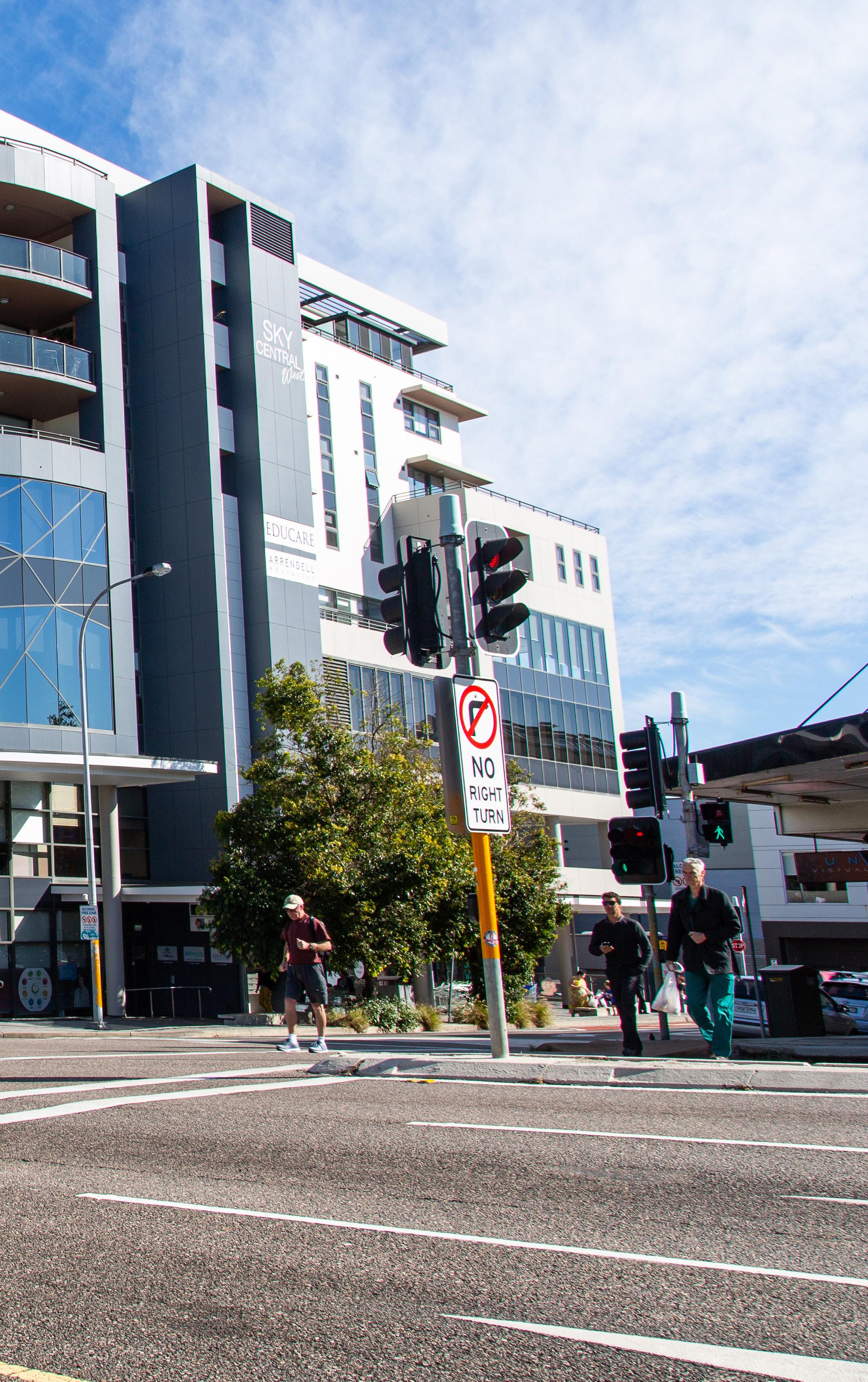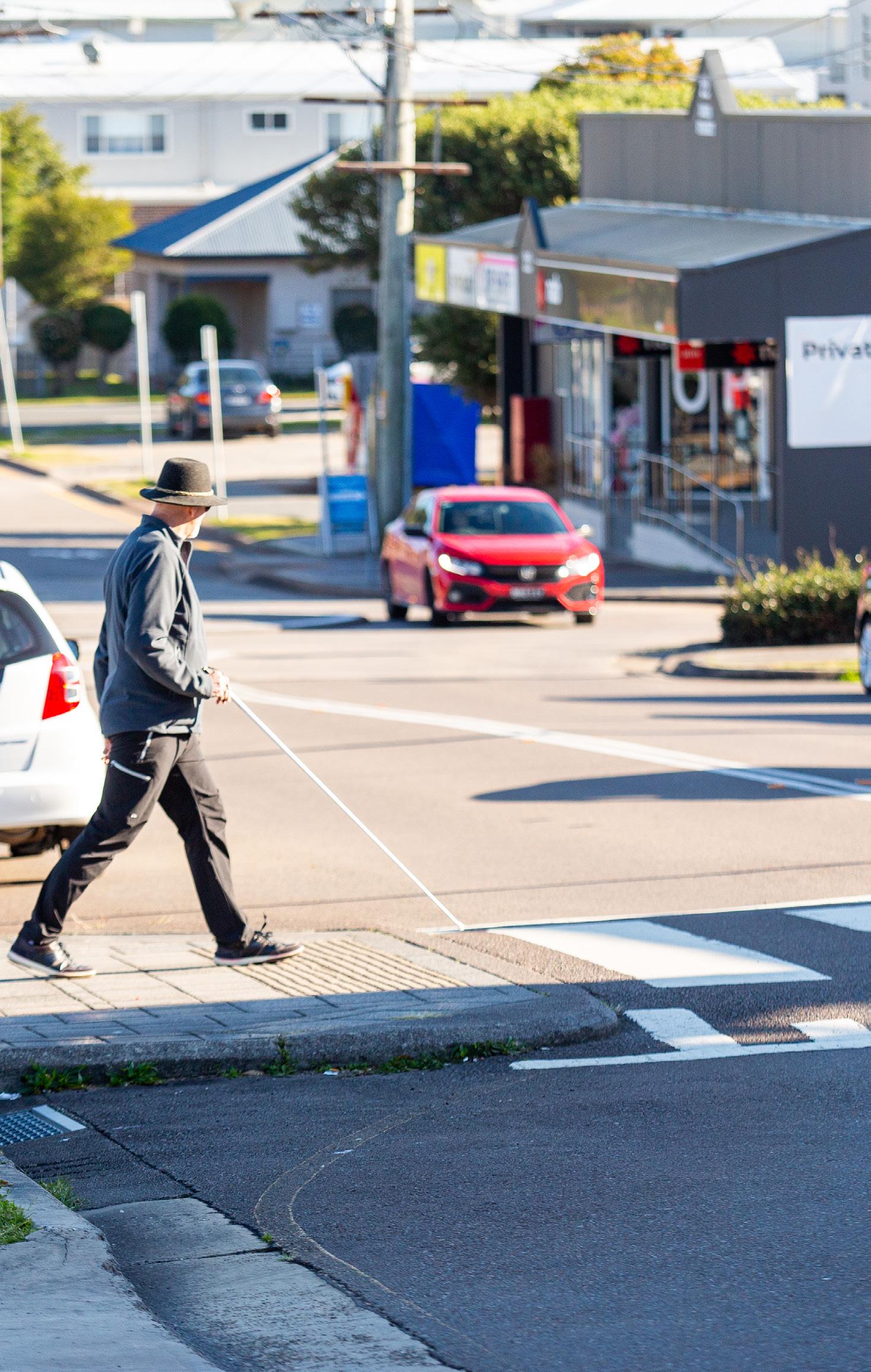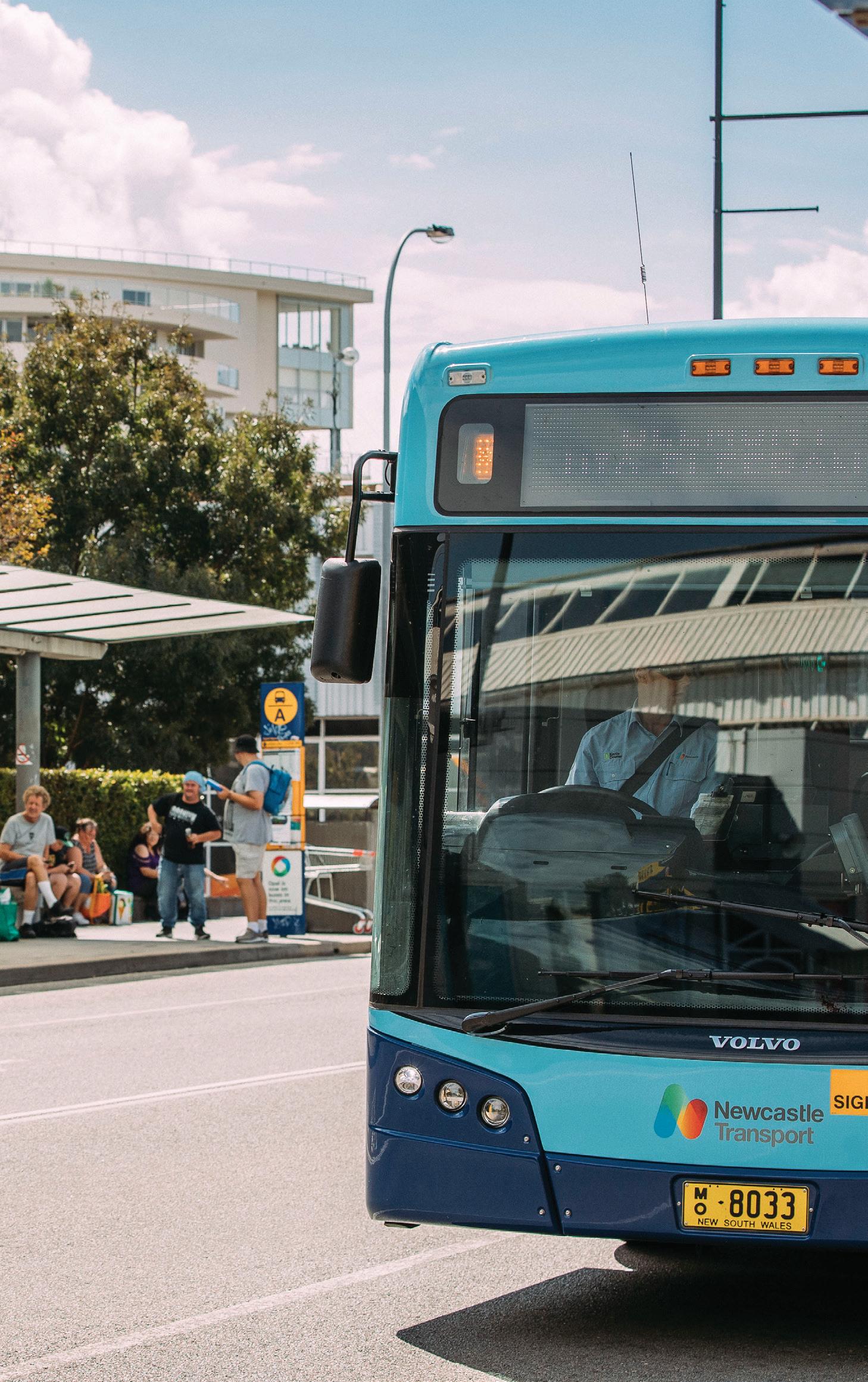
3 minute read
Types of pedestrians and cyclists
We will cater to all, but to achieve our goals we need to pay special attention to more vulnerable groups – children, the elderly and people with disability. All pedestrians benefit from shorter crossing distances, refuge areas, ample room to wait at intersections, intersection control that prioritises their movement and separation from all but the lowest-speed and lowest volume traffic. Kerb ramps are crucial for wheelchair users and people are walking with extra items, such as prams, trolleys and luggage. People cycle for many different reasons. We need to cater for different travel needs as well as different skill levels. Replacing car trips with cycling trips will largely rely on building more infrastructure separated from traffic and creating reduced vehicle speed shared streets.
0 kmh
0 m/s 5 kmh
1.4 m/s
Parked Children and bicycles families 6-7 kmh
1.6-1.9 m/s 10 kmh
2.7 m/s
Cyclist transporting goods Commuter 15+ kmh
4+ m/s
Recreational Cyclist
0 kmh
0 m/s 10 kmh 20 kmh > 30kmh
Traffic separated infrastructure and low-stress suited to all ages and abilities
On-road facilities suited to more confident cyclists
Cyclists may fall into multiple categories:
Curious but concerned
Potential or novice cyclists. Basic skills. Very low tolerance for mixing with traffic. Rely on way-finding. Ride shorter distances, typically between 1-5km. Prefer flat routes with less than 5% gradient. May not have ever ridden a bicycle.
School age
Cognitive skills and situational awareness in development. Require separated infrastructure. Under 16 years of age can legally ride on footpaths in NSW.
Families with young children
Prefer separation from traffic. Ride shorter distances. Prefer flat routes with less than 5% gradient. Adults / guardians may be walking alongside young children on bicycles.
Casual adult riders
People who ride irregularly in the City, typically for leisure or social trips. Prefer separation from traffic. Rely on way-finding. Prefer flat routes with less than 5% gradient.
Regular adult riders (including commuters) and touring cyclists
More confident mixing with traffic, though still prefer separation. Commuters ride longer distances, typically less than 20km, and touring cyclists rider much longer distances. More likely to commute and combine with public transport. Prefer flat, direct routes, but may tolerate 10% gradients, or 15% with e-bikes. Require all day secure parking, showers and change facilities.
Swift and savvy
Adult riders more confident mixing with traffic. If riding for training purposes, may ride very long distances, sometimes more than 100km.
Mountain biking / bike packing
Mountain biking, trail riding and bike packing cyclists purposefully seek out off-road adventures. When travelling on the street network or green network active travel links, these cyclists may fall into any of the above categories. Note: Off-road cycling of this type is the subject of complementary open space and recreation planning.

Assisted mobility and micromobility
Assisted mobility technology is constantly evolving and improving. The terms ‘assisted mobility’ and ‘micromobility’ are generally used in reference to motorised and nonmotorised devices that help pedestrians move in ways other than walking. Micromobility often specifically refers to the use of electric scooters by able-bodied persons. In some places, micromobility also includes use of bicycles.
Mobility scooters
Mobility scooters are familiar-looking motorised wheelchairs with a top speed of 10km/hr. They are used by people of all ages, providing an affordable substitute for cars, and can be combined with other forms of public transport. If Lake Macquarie’s ageing population trend continues, use of mobility scooters will likely become more common. In NSW, a motorised wheelchair user is considered to be a pedestrian and must comply with NSW Road Rules that apply to pedestrians. Generally, these devices are not to be driven on the road if there is a footpath available.
Electric scooters, skateboards and bicycles
Demand for battery powered scooters, skateboards and bicycles has surged in recent years in cities around the world. These devices are increasingly a common sight in Lake Macquarie, creating demand for more infrastructure, wider paths and safer streets. The NSW Government is investigating updating regulations to better accommodate these devices.







